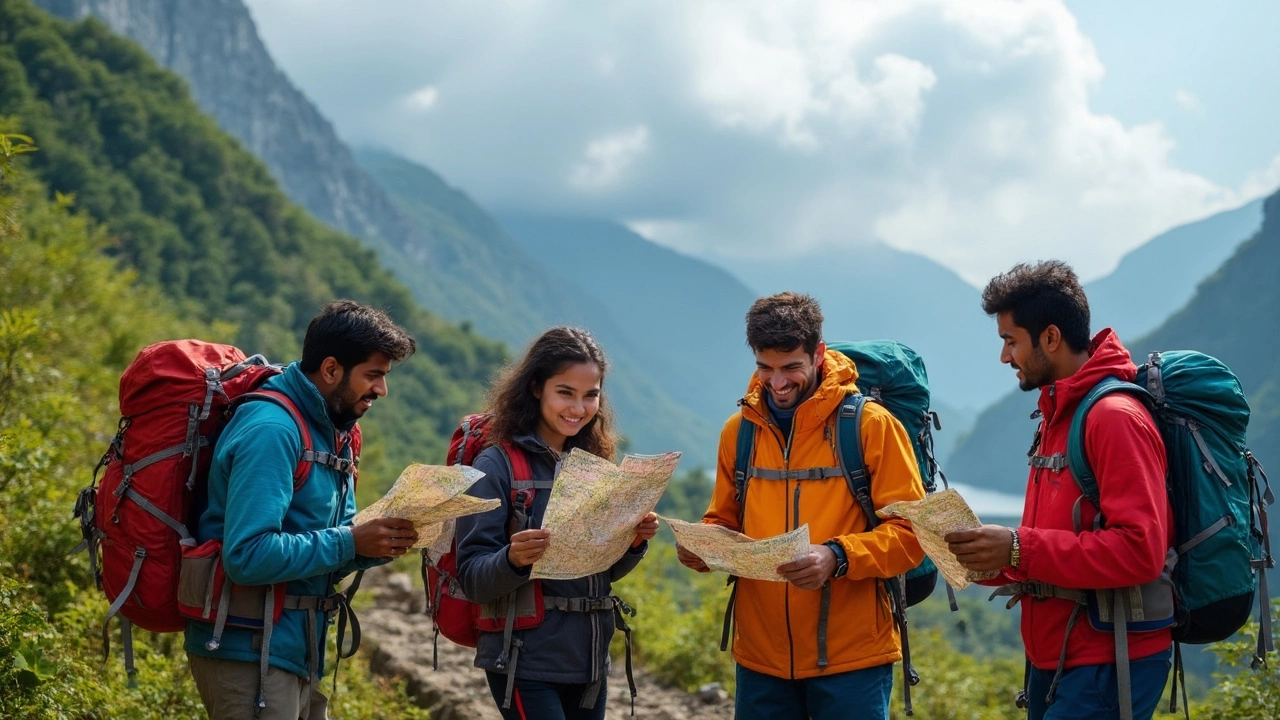Trekking Essentials: What You Really Need for India’s Best Trails
When you hit the trail in India, trekking essentials, the basic gear and knowledge needed to safely navigate remote trails. Also known as hiking equipment, it’s not about carrying the most gear—it’s about carrying the right stuff. Whether you’re walking through the misty forests of Kedarkantha or climbing the rocky passes of Markha Valley, your survival and comfort depend on a few key things. Most people overpack. Others underprepare. The difference? Knowing what actually matters.
First, hiking boots, sturdy, broken-in footwear designed for uneven, wet, or rocky terrain aren’t optional. You’ll walk 8–12 hours a day, often on loose gravel or wet stone. A pair of cheap sneakers will leave you blistered, injured, or stuck. Second, layered clothing, a system of moisture-wicking, insulating, and weatherproof layers for changing mountain temperatures beats one bulky jacket. Days start cold, heat up fast, then drop again at night. A light base layer, fleece, and waterproof shell? That’s your setup. Then there’s trekking safety, the practices and tools that reduce risk on remote trails. This isn’t just about maps or a first-aid kit—it’s knowing when to turn back, how to read weather signs, and why a local guide can save your life.
Water purification, a headlamp with extra batteries, and a simple whistle are small items that become huge in emergencies. You won’t need ten pairs of socks, but you will need at least three. You don’t need a GPS device if you’ve got a printed map and a basic compass. And while you might be tempted to bring your fancy camera, a phone with offline maps and a power bank does the job just fine. The best treks in India—like the Great Himalayan Trail or Roopkund—are not about luxury. They’re about moving smart, staying prepared, and respecting the terrain.
What you’ll find in the posts below isn’t a shopping list. It’s real advice from people who’ve walked these trails—what worked, what didn’t, and what they wish they’d known before stepping out. From gear that survived monsoons to the one snack that kept energy up for 10 hours, these stories cut through the noise. You won’t find fluff. Just what you need to walk farther, safer, and with less stress.
